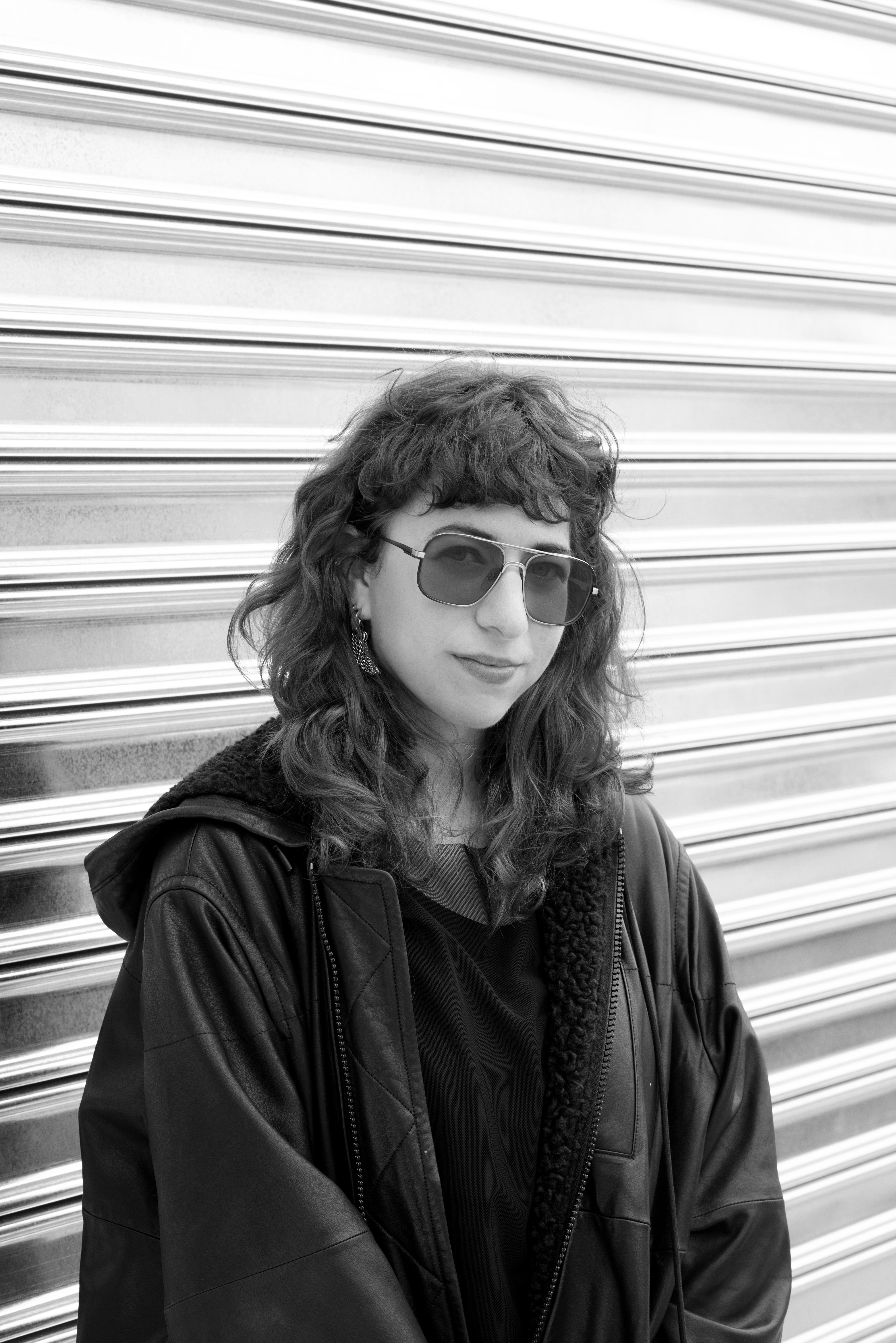What To Do With Your Email List
For artists and creatives, your email list is an important tool to connect with your audience and build long-lasting connections.
The people who opt to see your name in their email inbox are the people who are most likely to be engaged with your work, especially compared to your social media followers (although they are very important, as well!)
Further, because they have decided to share their contact information with you, you aren’t dependent on the whims of a platform to reach out to them. For example, if your Instagram account gets restricted or blocked for some reason, you lose all of your contacts there and have no way to even tell them you’ve gone. You are able to download email addresses and take them with you from platform to platform, whether you’re emailing using Mailchimp, Hubspot, or something else.
So, once you have this list of email contacts, what can you do with it? How can you make the most of the information you have at your disposal?
Share News and Updates
This is perhaps the most obvious application of your email list. When you have something noteworthy to share with your audience, let them know about it via email (as well as other means, like social media). You might share with your email list when you have an upcoming show, when you’ve received a grant, or are launching a new project.
The clearest benefit is that if you have an event to promote, letting people know about it will increase your ticket sales or the number of people who will attend. Nobody can come to your show if they don’t know about it. But beyond that, it’s nice to share your good news with your audience. Their support makes your work possible and when you share your updates with them, you can bring home that point.
Fundraise
When you’re running a fundraising campaign, you’ll need to reach out to your community wherever they are.
Sending emails to your contacts is an essential part of a fundraising campaign. In the same way that nobody can come to your event if they don’t know about it, they won’t be able to give you money if they don’t know that you’re asking for it.
An important thing to note with fundraising asks is that you should be sure to ask more than once. People are busy, inboxes are hectic, and we all have a lot on our minds. Reminders are important! If you’re worried about spamming inboxes, try preparing a few specific touchpoints during a fundraising effort. For example, the day the campaign launches, once you’ve reached half of your goal, and then when there are only two days left in the campaign.
Let Your Audience In
In addition to the more practical uses of your email list regarding fundraising and events, you can use your email list to develop an authentic connection to your audience.
It can be a good place for you to share information about the “how” and “why” of your work.
One of the wonderful parts of being a fan of the arts is getting to learn more about different artists’ approach to their work. Your email list might well want to hear about exactly how you create your work in a nuts-and-bolts sense. How exactly does one write an opera, make a statue, or put together a literary magazine? But they might also be interested in the more esoteric, aesthetic, or political inspirations of your work. What compels you, what drives you, who do you see as your creative lineage?
You might also choose to share some of the challenges that you experience as an artist. It’s hard to move beyond the need to feel like you always have to be successful and perfect, but in reality we’re all human and we all know that it’s hard to make it as a creative. If it feels right, you can share some of the tougher parts of your life as an artist, hoping that it can build solidarity and compassion between you and your audience.
Sharing this information can create a stronger bond with your audience. It can give them a deeper understanding of your work and let them feel the trust that you have in them to be open about your creative process.
Create a Dialogue
We believe that the relationship that artists have with their communities of supporters is not unidirectional. It’s not as simple as the artist makes work and the audience watches and financially supports the work. There can be a dialogue between the two.
You can consider using your email list to engage more directly with your audience. There are any number of ways to do this. For example, you could ask them what questions they have about your work and then answer them in written form, as a video, through a moodboard, or whatever else feels appropriate.
People like to feel like they are part of a community, part of something larger than themselves. How can you use your email list beyond you doing the writing and them doing the reading?
Amplify Your Peers
One of the most powerful ways that artists can support one another is to share their platforms. You can do this through your email list!
Interview your peers, collaborators, and other fellow creatives to put them in front of your audience. Let your audience know when your peers have events or fundraisers that they might be interested in. Consider swapping email features so that the boost can go both ways.
We’ve been trained to feel that we need to compete with each other as artists, to crowd each other out and grab the few crumbs of a pie that are allotted to us. But in reality, we have so much more power when we work collectively. Rising tides do raise all boats, especially if we make a concerted effort to support one another.
For artists who are wondering about how to leverage your privilege and power on behalf of other artists, using your platform to amplify others is a crucial place to start.
Learn About Your Audience
Moving beyond the kinds of content you can and should share to your email list, a major benefit of having an email list is that you can use it to learn more about what your audience is interested in.
If you send emails through services like Mailchimp or Hubspot or any number of other email clients, you can see information like open rate and click rate. [The open rate refers to the percentage of recipients who click on the email in their inbox. The click rate refers to how many people click on the links in your email.]
Take a look to see what kinds of emails do better or worse for your audience. Do they seem to respond well to your long ramblings about the creative process? Are they interested in features of other artists? When you share links to work that inspires you, does your audience click?
You’ll have to pay attention to your email performance over several weeks and months to start to get a sense of how different kinds of messages compare to one another. It feels like a lot of work, but ultimately it will help you provide information that’s most interesting to your readers.
The Real Goal of Your Email List
At the end of the day, the purpose of an email list is to help you foster connections with people who are interested in what you’re doing. You’re building relationships for the long haul, hoping that the people who sign up to receive a newsletter from you will still be coming to your shows, supporting your fundraising efforts, telling their friends about you, and rooting for your success for years to come.
You build that relationship by being honest and by sharing information that is interesting, useful, and enjoyable. It’s about building communication that feels mutually beneficial.
If you’re looking to grow your email list, we’ve got some ideas for you.
About Nina Berman
Nina Berman is an arts industry worker and ceramicist based in New York City, currently working as Associate Director, Communications and Content at Fractured Atlas. She holds an MA in English from Loyola University Chicago. At Fractured Atlas, she shares tips and strategies for navigating the art world, interviews artists, and writes about creating a more equitable arts ecosystem. Before joining Fractured Atlas, she covered the book publishing industry for an audience of publishers at NetGalley. When she's not writing, she's making ceramics at Centerpoint Ceramics in Brooklyn.


